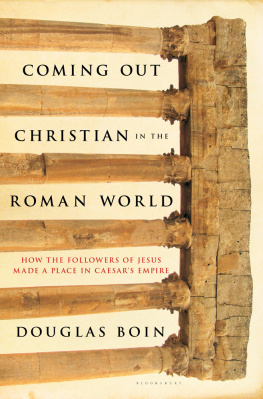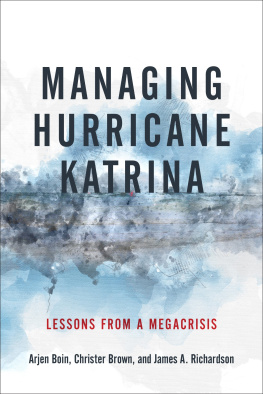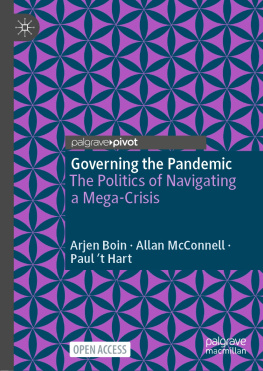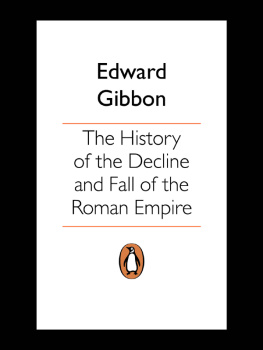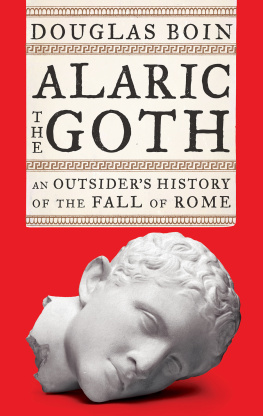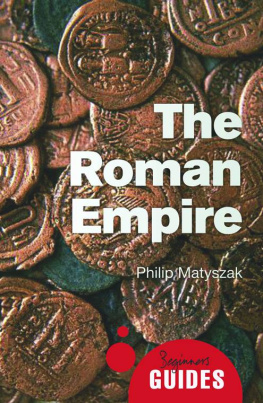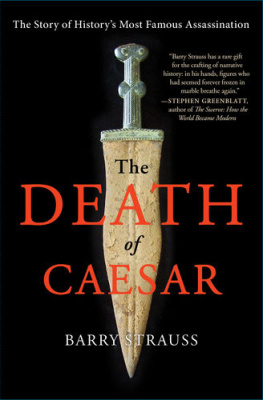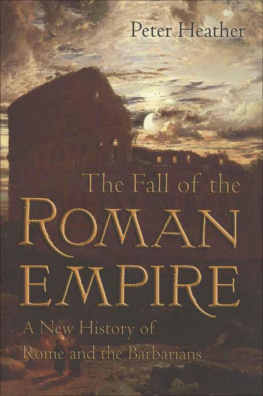In writing this book, I followed sage advice: Select with authority, then move on. There will be many readers, no doubt, who were hoping for a few more pit stops in places where I kept driving, and many of the questions, topics, and approaches I have raised here will need to be explored in more depth later. My hope, though, is that by arriving at a new destination, we can retrace our steps together.
My thanks to friends across disciplines who offered me feedback while I wrote: Felicity Harley-McGown, Brent Nongbri, Majastina Kahlos, Joshua Burns, Candida Moss, and L. Michael White. Although they might not agree with everything in the final version here, I would never have embarked on a journey with any other group. I am also fortunate to count among them mentors such as Karl Galinsky, as well as Michele Salzman, Rita Lizzi Testa, and Marianne Sghy, the latter of whom witnessed the birth of my research on the word pagan while we were together in Rome. The Institute for the Study of Antiquity and Christian Origins at the University of Texas at Austin has also been a constant source of intellectual support.
During my time writing this book, I had the honor of moving from my undergraduate alma mater to my moms undergraduate alma mater, from the oldest Jesuit university in America, Georgetown University, to the second oldest Jesuit university in America, Saint Louis University. In the process, I also happened to move from a department of classics to a department of history. Any move can be jarring and disruptive, but in my case, where I started out has dovetailed so naturally with where I have arrived that both groups of friends, colleagues, and students deserve recognition.
First, thank you to the chair of the History Department, Phil Gavitt, and the dean of the College of Arts and Sciences, Michael Barber, S.J., at Saint Louis University for their invitation to join such an outstanding department, as well as for the leave they granted me in the fall of 2013 to finish this manuscript. At Georgetown, I thank my former colleagues and my students. The roundtable discussions that we had in our seminars nurtured many of my ideas. My thanks as well to my undergraduate research assistants, Ranjani Atur and Drew Cunningham, for helping get my words and images to press on time. Fitting so many pieces together would also never have happened without the support of countless libraries and museum collections. I am grateful to the American Academy in Rome; the Soprintendenza speciale per i beni archeologici di Roma (including Ostia); the Israel Antiquities Authority, with a special note of thanks to Ari Rabinovitch in Jerusalem; the German Archaeological Institute in Rome; Georgetown University; and Washington University in St. Louis for their assistance, as well as to Marta Zlotnick for her help at Dumbarton Oaks in Washington, D.C. My thanks to Jamie Emery at Saint Louis University, in particular, for smoothing my transition to a new set of stacks.
I leave some of my greatest appreciation for Ayesha Pande and Peter Ginna. I was and remain humbled by their votes of confidence and their support for this project long ago. I also give my thanks to George Gibson, Rob Galloway, Patti Ratchford, and the entire Bloomsbury team for their enthusiasm and guidance.
Afterword
March 12, 2013, Vatican City and Rome
One hundred and fifteen cardinals from across the world, draped in crimson, locked themselves inside the Sistine Chapel. Their mission was to choose the new head of the Catholic Church. Five votes and one day later, the tiny chimney pipe in the roof of the chapel began to puff white smoke. To the crowds of pious and curious onlookers that had gathered in St. Peters Square, it was a welcome sign. The selection processof secret paper ballots and incinerated results, all of which had taken place under the watchful eye of Michelangelo Buonarrotis ceiling and his exuberant vision of the Last Judgment, behind the altarhad drawn to a close. A new pope had been chosen. Four months later, during his famous in-flight press conference in July, Francis would make news again, this time by wading into the issue of gay clergy. Who am I to judge? he said, to the gasps of many. Werent Christians supposed to be intolerant?
The great Renaissance artist Michelangelo can guide us here. His ceiling and Last Judgment have witnessed countless papal electionseleven in a row since 1878 and many more in the centuries that preceded Italys birth, in 1870. Today, in the sweltering Roman summer, nearly twenty thousand people a day still line up to see his images of God creating Adam and of Adam and Eve in the Garden of Eden. Between forbidden camera flashes, they might see the Jewish prophets, too (Ezekiel, Daniel, Isaiah, and others), enthroned like royalty because their words are thought to have predicted Jesuss birth. Is it any wonder that so many people are still arrested by that ceiling? Michelangelo was telling a story about Gods plan for the world, but even he knew to add what we omitusually out of embarrassmentwhen we retell that story to ourselves.
There, at the margins of the ceiling, are the women. Each of them is setting her words on paper. Some leaf through their books, others read or hold a scroll. Michelangelo has labeled themfrom Erythraea, Delphi, Cumae, Libya, and Persiaborrowing from a list of ten names that dates back to a Roman antiquarian of the first century B.C. , Varro. These are the Roman Sibyls (figure 16). Michelangelo is telling us that they predicted the rise of Christianity. How many of us have stood in the Sistine Chapel and pushed these women to the side? Michelangelo knew better. He has them holding history in their hands. Hes right, too. From Clement to Constantine to Lactantius, even Rufinus, many of Jesuss followers had been entranced by them.
In the fourth century A.D. , how many of Jesuss followers feared they lived on the eve of Neros return? How many believed that Mediterranean Sibyls had foreordained Christianitys triumph, overlooking the inconvenient truth that many of these poems had been written by Christians? Was anyone aware that still other texts had been intended for a Jewish audience during the fiercest moments of their own military conflict with Rome? The fact of the matter is that by the fourth century A.D. , many of Jesuss followers who subscribed to these views must have sounded no different to their Roman neighbors and government officials than Lentulus had sounded to Cicero in 63 B.C. which is to say, they probably sounded like raving lunatics.
Many early Christians themselves raised a puzzled eyebrow at the kinds of things other Christians were thinking and saying. To Lactantius, the wild notion about Neros return wasnt rooted in reality. The ghastly emperors miraculous reappearance wasnt going to herald the arrival of the Antichrist, he assured his Christian audiences. Nero was not the precursor of the devil. Fantastic ideas like these, including nervousness about the end of the world, were being tossed about by crazies ( deliri ), Lactantius said. (He, too, uses the adjective as a noun.) Where people had gotten them, he couldnt really guess. It was likely theyd picked them up from some sketchy sourcefrom some Sibyl, Lactantius sneered.
If Lactantius was praying for relief from these embarrassingly unfulfilled Christian predictions of impending doom, very little had changed by the start of the fifth century A.D. Some of Jesuss followers were still babbling on about an approaching cataclysm, and they were doing so with such a stubborn assurance, Augustine of Hippo said, that he marveled at their obstinacy. From Lactantius to Augustine, an entire century had passed, but two of the most prolific Christians of late antiquity were trying to push back against deranged ideas that had been festering among Jesuss followers for generations. Even the bishop of Milan hadnt hesitated to draw upon this rhetoricI detest the rites of all the Neros, he saidbecause he must have thought the specter of Nero was a useful one to conjure. Yet Nero never did come back, the Antichrist never did arrive, and most important, the world never came to an end. We owe it to all the people of the Roman Empire to put this type of thinking under our microscope and study it.
Next page
